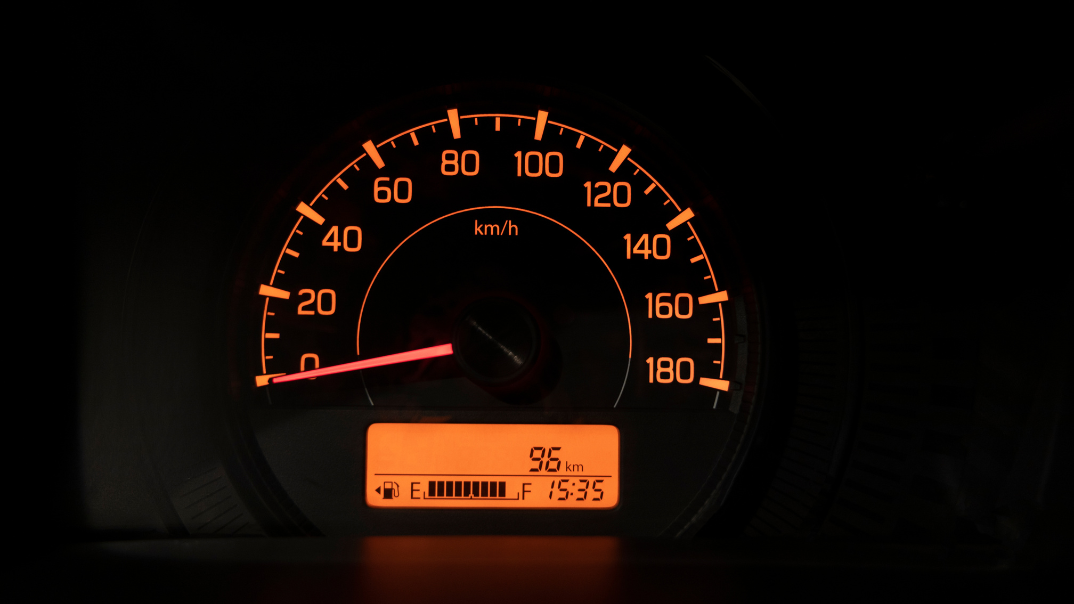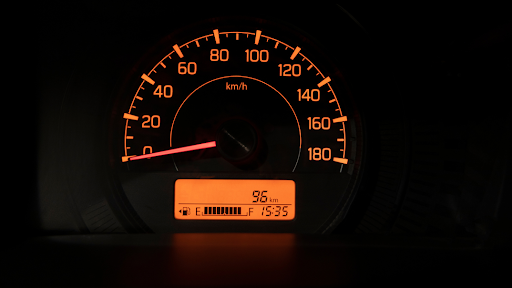Table of Contents
 Speed checking of motorists by local and national authorities remains ongoing despite the confusion around the introduction of the Administrative Adjudication of Road Traffic Offences (AARTO) that was set for this year but put on hold in January when the High Court ruled it unconstitutional.
Speed checking of motorists by local and national authorities remains ongoing despite the confusion around the introduction of the Administrative Adjudication of Road Traffic Offences (AARTO) that was set for this year but put on hold in January when the High Court ruled it unconstitutional.
Estimated reading time: 6 minutes, 59 seconds.
This, in no way absolves motorists from the responsibility of paying speeding fines that are lawfully issued to them.
It is important to understand the major differences between AARTO and fines issued by local or provincial authorities.
In the latter cases, the fines are dealt with as criminal matters through the courts, while AARTO decriminalises speeding and makes it an administrative procedure.
In the former case, you are innocent until proven guilty but, under AARTO, you are guilty until you prove your innocence.
AARTO has been in force in Johannesburg and Pretoria for more than 10 years—without the driving licence demerit penalties—and fines issued in those areas remain valid despite the High Court ruling.
So, what are the different processes?
AARTO:
Step 1 – Infringement Notice
Minor and major infringements are dealt with in accordance with the administrative procedures, as prescribed in the AARTO Act. If a person is alleged to have committed an infringement, the traffic officer will issue an Infringement Notice.
Hand-written infringement notices are handed out by traffic officers and will eventually be replaced by electronic devices. Camera infringements are electronically generated by eNatis and sent by mail. At this point, the fine amount has a 50% discount attached if paid within 32 days.
Step 2 – Courtesy letter
A courtesy letter is mailed if the fine is not paid within the first 32 days that the infringement notice is issued. At this point, the full amount must now be paid plus administration fees. Failure to comply with the requirements of the Courtesy Letter will result in the issuing of an Enforcement Order.
Step 3 – Enforcement Order
By failing to comply with the Courtesy Letter or appearing in court after electing to appear in court, an offender will be issued an Enforcement Order by mail.
Failure to comply with the requirements of the Enforcement Order within 32 days will result in a Warrant being issued to recover the applicable penalty and fees.
Until such time as the penalty and the additional fees have been paid, no driving licence, professional driving permit, or vehicle licence disc will be issued that is registered in your name until the Enforcement Order has been complied with or revoked.
Step 4 – Warrant of Execution
If the Enforcement Order is not complied with within 32 days a Warrant will be issued and handed to a Sheriff for execution. This may include seizing your movable property, defacing your driving licence and licence disc, or reporting you to a credit bureau.
For more information on how to query your fine, pay your fine, going to court, and more fine-related topics, visit http://www.aarto.gov.za/
For the remainder of the country, the fines are either Municipal or Provincial, depending on the road being travelled at the time.
You can get one of 2 kinds of fines, regardless of the traffic violation:
- A Section 56 notice is given to you by a traffic officer, usually for a moving violation. It has a court date on it.
- A Section 341 notice is sent to a motorist by post for violations caught on traffic cameras or for traffic tickets issued in the absence of the motorists (for example, for an expired licence disc). It does not have a court date on it but is a first notice before summons. The Traffic Department will issue a second notice before summons before actually issuing the summons.
Contesting traffic fines: Info by Justice Project South Africa
Criminal Procedure Act – S341 (when you receive a traffic fine but not a court summons)
- You may write to the traffic department.
- You’ll need only the compounding notice number.
- If you have the compounding notice, attach a copy of it to your letter. Keep the original safe.
- Letters need not be accompanied by an affidavit.
- You can post, fax, or email your letter to the traffic department. You are not required to use registered mail if you post it, but it helps to establish a paper trail.
- The traffic department may respond to you in writing. In reality, this rarely happens.
- If your representation is successful, the fine will either be cancelled or reduced.
- The most common outcome is for the fine to be reduced because they want the money.
- If your representation is unsuccessful, you will need to wait for the summons to be issued and served on you.
- By paying the admission of guilt fine on the compounding notice (prior to a summons) you will not incur a criminal record.
Criminal Procedure Act – S54 or S56 (when you receive a summons to appear in court)
- You may write to or approach the public prosecutor at the magistrate’s court you are summoned to appear in.
- You’ll need the original S54 summons or S56 written notice.
- If you write to him/her, attach a copy of the summons or written notice to your letter. Keep the original safe.
- Letters need not be accompanied by an affidavit.
- You can post, fax, or email your letter to the public prosecutor. You are not required to use registered mail if you post it, but it helps to establish a paper trail.
- If you write to the public prosecutor and do not deliver your letter in person, he/she may respond to you in writing. In reality, this rarely happens.
- If your representation is successful, the summons will either be withdrawn or the fine reduced. The most common outcome is for the fine to be reduced because they want the money.
- If your representation is unsuccessful, you will have to appear in court if you do not pay the admission of guilt fine.
- If you appear in court, you are strongly advised to have an attorney represent you but be careful to obtain one who is familiar with traffic law. There’s a lot of truth to the saying, “a man who represents himself has a fool for a lawyer” so be careful.
- If you pay the admission of guilt fine or are found guilty in court, the Criminal Procedure Act says you must be given a criminal record.
AARTO Act – AARTO 01 or AARTO 03 (applies to Tshwane and Johannesburg)
- You’ll need an AARTO 08 representation form from www.aarto.gov.za
- You’ll need all of the details required on that form, including the infringement notice number and issuing authority name
- If you have any additional evidence, etc. you may attach it to your representation.
- All AARTO 08 representations must be signed in front of a commissioner of oaths.
- You submit this form by the methods stated on the form. You can upload it at the www.aarto.gov.za website. It is recommended that you use the facility on the AARTO website to submit it since this causes the status of the infringement notice to change to “representation” immediately on eNaTIS. You also get an AARTO 05c receipt to download immediately.
- By law, you must be notified of the outcome of your representation on an AARTO 09 result of representation. In reality, this rarely happens.
- If your representation is successful, the infringement notice will be cancelled. If it is unsuccessful the RTIA may add a further R200 to the penalty if you made representation after 64 days had lapsed from the time of infringement.
- If your representation is unsuccessful, you may elect to be tried in court, in which case a summons in terms of Section 54 of the Criminal Procedure Act must be served on you.
- If you are found guilty in court, you will have to pay the fine but you will not incur a criminal record.
What you may ask when you are pulled over for speeding
- You may ask to see the calibration certificate for the speed-measuring equipment used.
- You may also ask to see the operator’s certificate for the person operating the device.
- You may also ask to see the officer’s appointment certificate as a peace officer.
It is vital, however, to remain calm and polite and should any, or all, of the above documents not be available, do not argue and note the fact for your later defence.
Where can I pay my fine?
There are several ways in which fines can be paid and there are a number of online services and banks that will allow you to search for outstanding fines and to make payment.
You can pay at any traffic authority, the local municipal offices, or at Pick ‘n Pay.
The Suzuki blog is jam-packed with helpful articles on all things auto. Sign up here and get our articles sent to your inbox


